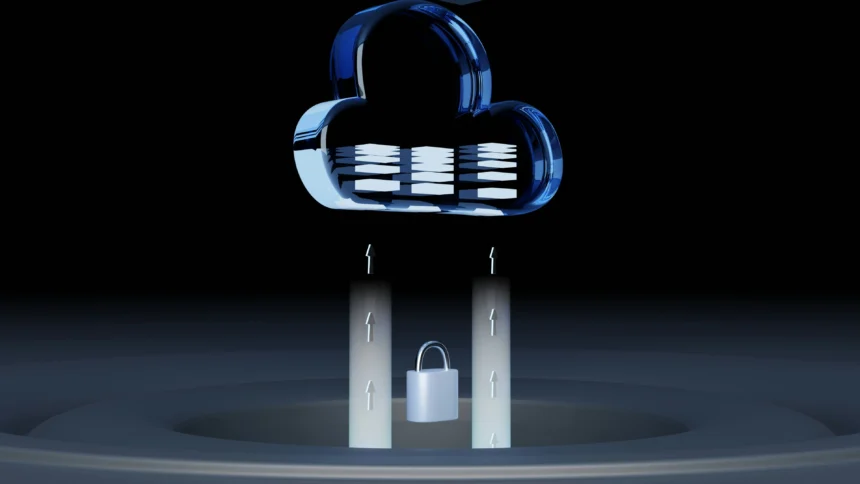With cyber threats evolving constantly, businesses need to stay ahead by understanding and addressing key cybersecurity issues. This article explores the most crucial cybersecurity concerns every business should be aware of and offers guidance on how to mitigate these risks.
1. Data Protection and Privacy
Data protection is at the forefront of cybersecurity concerns. Businesses handle vast amounts of sensitive data, including customer information, financial records, and proprietary business data. Ensuring this data is protected against unauthorized access and breaches is paramount.
Key Strategies:
- Encryption: Encrypting data both at rest and in transit helps protect it from being accessed by unauthorized individuals.
- Access Controls: Implement role-based access controls to ensure only authorized personnel have access to sensitive information.
- Regular Audits: Conduct regular data audits to identify and address vulnerabilities in your data protection measures.
2. Phishing Attacks
Phishing remains one of the most common and dangerous cyber threats. Phishing attacks often involve fraudulent emails or messages designed to trick recipients into revealing sensitive information or downloading malicious software.
Key Strategies:
- Employee Training: Regularly train employees to recognize phishing attempts and to avoid clicking on suspicious links or opening unfamiliar attachments.
- Email Filtering: Use advanced email filtering solutions to detect and block potential phishing emails before they reach your inbox.
- Multi-Factor Authentication (MFA): Implement MFA to add an extra layer of security, making it more difficult for attackers to gain access even if they have compromised credentials.
3. Ransomware
Ransomware attacks involve malicious software that encrypts a victim’s data, demanding a ransom payment for the decryption key. These attacks can cripple business operations and lead to significant financial losses.
Key Strategies:
- Backup Solutions: Regularly back up critical data and ensure backups are stored securely offline or in the cloud.
- Patch Management: Keep all software and systems up to date with the latest security patches to reduce vulnerabilities that ransomware can exploit.
- Incident Response Plan: Develop and regularly update an incident response plan to quickly address and recover from ransomware attacks.
4. Insider Threats
Insider threats come from employees or contractors who intentionally or unintentionally cause harm to the organization. These threats can be challenging to detect and often involve misuse of access privileges.
Key Strategies:
- User Monitoring: Implement monitoring systems to track user activity and detect any unusual behavior that may indicate malicious intent.
- Least Privilege Principle: Apply the principle of least privilege by providing users with the minimum level of access necessary for their roles.
- Regular Training: Educate employees about the importance of cybersecurity and the potential risks associated with insider threats.
5. Network Security
Network security is vital for protecting the integrity and confidentiality of data transmitted across your network. A compromised network can lead to unauthorized access and data breaches.
Key Strategies:
- Firewalls: Deploy robust firewalls to filter incoming and outgoing network traffic and prevent unauthorized access.
- Intrusion Detection Systems (IDS): Use IDS to monitor network traffic for signs of suspicious activity and potential threats.
- Network Segmentation: Segment your network to limit the spread of potential attacks and isolate sensitive data from other parts of the network.
6. Security of IoT Devices
The proliferation of Internet of Things (IoT) devices in business environments introduces new security challenges. These devices can be vulnerable to attacks if not properly secured.
Key Strategies:
- Change Default Passwords: Ensure all IoT devices have strong, unique passwords and avoid using default credentials.
- Regular Updates: Keep IoT devices updated with the latest firmware and security patches.
- Network Isolation: Place IoT devices on a separate network to limit their access to sensitive data and systems.
7. Managed Detection and Response (MDR)
As cyber threats become more sophisticated, many businesses are turning to Managed Detection and Response (MDR) services to enhance their cybersecurity posture. For example, companies that rely on managed IT services Texas providers benefit from local expertise combined with round-the-clock threat monitoring.
Key Benefits:
- 24/7 Monitoring: MDR services offer round-the-clock monitoring of your network, ensuring that potential threats are detected and addressed in real time.
- Expert Analysis: Leveraging a team of cybersecurity experts, MDR services provide advanced threat analysis and incident response, which might be beyond the capability of in-house teams.
- Proactive Threat Hunting: MDR providers proactively search for threats that might evade traditional security measures, ensuring a more comprehensive approach to threat detection.
Key Considerations:
- Integration: Ensure that the MDR service integrates well with your existing security infrastructure to provide seamless protection.
- Scalability: Choose an MDR provider that can scale their services as your business grows and evolves.
- Compliance: Verify that the MDR service complies with relevant industry regulations and standards.
8. Compliance with Regulations
Compliance with cybersecurity regulations and standards is essential for avoiding legal and financial repercussions. Various industries have specific regulations regarding data protection and cybersecurity.
Key Strategies:
- Understand Requirements: Familiarize yourself with relevant regulations such as GDPR, HIPAA, and CCPA that apply to your business.
- Implement Policies: Develop and enforce cybersecurity policies that align with regulatory requirements.
- Regular Audits: Conduct regular compliance audits to ensure that your business adheres to all relevant regulations.
Cybersecurity is a multifaceted challenge that requires a proactive and comprehensive approach. By addressing essential concerns such as data protection, phishing, ransomware, insider threats, network security, IoT device security, and leveraging Managed Detection and Response (MDR) services, businesses can better safeguard their assets and maintain trust with their customers. Implementing these strategies not only helps protect against potential cyber threats but also strengthens the overall security posture of your organization. In today’s digital landscape, staying informed and prepared is key to navigating the evolving cybersecurity threat landscape effectively.










